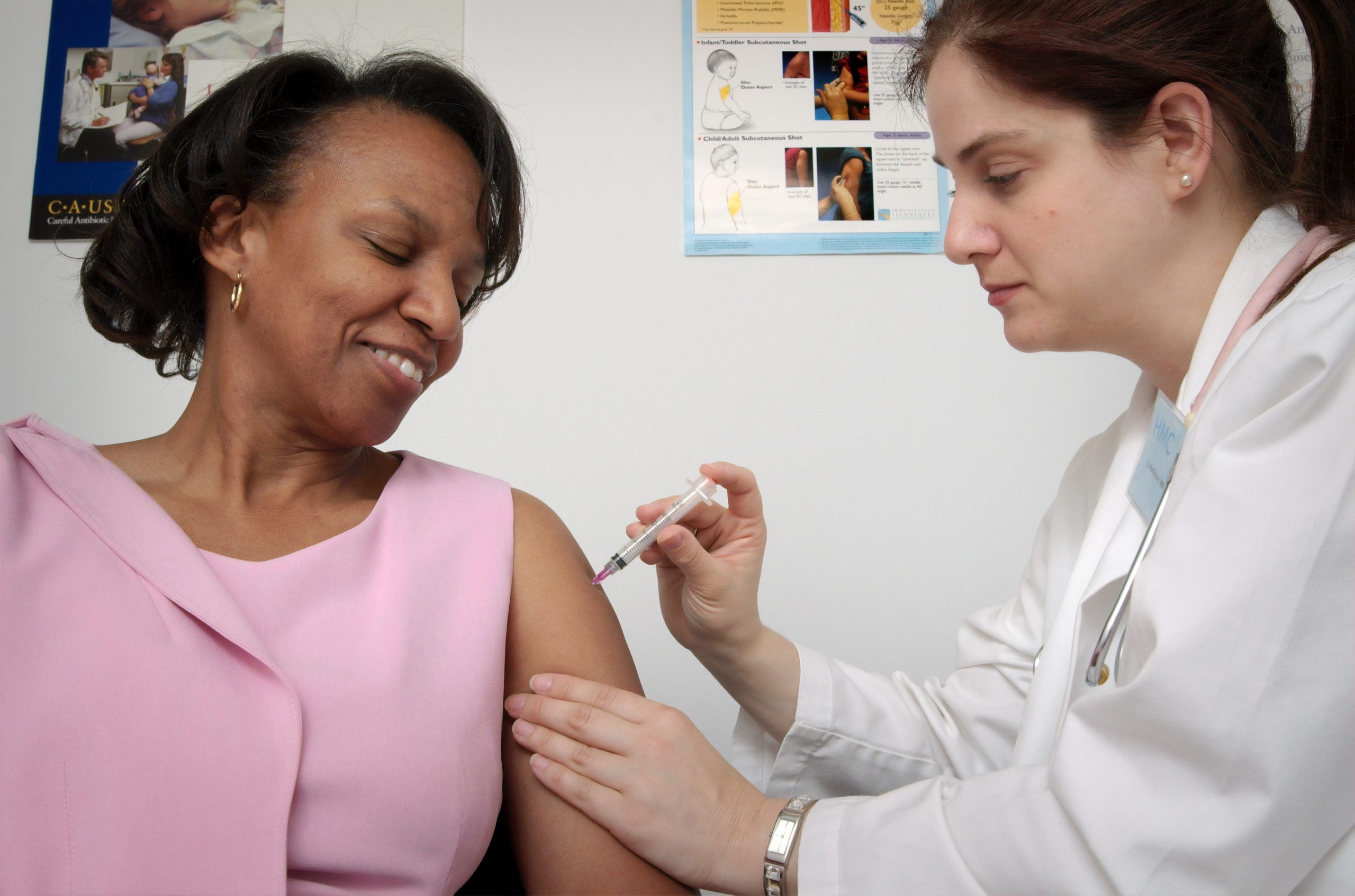
Everyone heard the news on 21st July 2020. Oxford University, in partnership with AstraZeneca, obtained promising data in the first trial phases of their vaccine for COVID-19. News about vaccine manufacturers is the only news anyone wants to hear these days. So, the story was unsurprisingly covered by virtually all media outlets. It would have been rude not to.
This week’s media monitoring article will firstly examine how AstraZeneca have been doing in the media since the start of 2020. Then, we will compare AstraZeneca to two other giants Pfizer, and home-grown company CSL (Seqirus), plus emerging challenger Moderna. Although Oxford Uni and AZ headquarters are thousands of miles away, we expect that COVID-19 research and development will have boosted the AZ’s media presence in Australia. We will use our media monitoring software, Meltwater, to review the media conversations around the company.
To start with, let’s look at the Media Exposure for AstraZeneca in print and online media. Media Exposure is the total number of articles published on a certain day containing a specific key word.
The keyword we used in this search was ‘AstraZeneca’. This means that any print or online article published since 1st January 2020 with this keyword will be captured.
Straight away, we can see that 21st July was a great day for AstraZeneca. A total of 901 articles were published in Australia in that one day.

Interestingly, the Media Exposure line increases slightly since the end of March, with a few peaks in May and June 2020. This increase correlates with the COVID-19 outbreak and its spread across the world.
Now, we want to see which company is receiving the most media attention in the race was to find a COVID-19 vaccine. Here are the keyword combinations we used:
We take a look at the Share of Voice pie chart to find out which company has the largest percentage of the total number of print or online stories.

Surprisingly, AstraZeneca did not bring home the trophy, despite their colossal media coverage spike in July. It wasn’t enough to dethrone Moderna, who swooped into first place with nearly 38% of all print and online media coverage in Australia since 1st January 2020.
Let’s compare the Share of Voice to this time last year, so from 1st January 2019 to 24th July 2019.

This time, Australian company CSL (Seqirus) is in first place, with a whopping 42% of all media coverage. We demonstrated this in a previous article: Australian media like to publish news stories about local, home-grown companies. Pre-pandemic, Seqirus was much more interesting to Aussie media than big pharma whose headquarters are very far away.
Now, let’s take a look at Media Exposure for these four companies. This first graph shows the period from 1st January 2020 to 24th July 2020.
Now, we can see where Moderna got their 38% Share of Voice. They have a consistent spread of small to medium spikes since the start of this year, which ultimately gave them the best Share of Voice result.

The large spike for Moderna on 20th May 2020 consists of a mix of news stories about clinical trials for COVID-19 vaccine research and the share price increasing.


The smaller spike on 16th July 2020 was another good day for Moderna. Some positive sentiment in the print and online news stories published about the company’s vaccine trial.


Now, let’s take a look at the y-axis: it reaches 1000. To realise how significant the impact that COVID-19 has had on the reporting of these vaccine manufacturers, let’s compare this year to the exact same period as last year.

In 2019, the y-axis only reached 20. The y-axis has grown by 50-fold since last year. The impact of COVID-19 on the reporting of vaccine manufacturers is unparalleled.
Interestingly, Seqirus had their own spike of print and online coverage in Australia back in 2019. This was due to a news story on the financial performance of CSL by the Australian Associated Press (AAP), and widely syndicated across other smaller online news portals. Generally, landing a news story with AAP is a good thing because it will be shared with all the other news outlets that subscribe to its media alerts.

In a time where what we all need is a bit of light at the end of the tunnel, vaccine manufacturers are giving us that grain of hope that things will go back to normal one day. We are putting our trust in the hands of these pharma giants, who are working relentlessly to answer our prayers.
Sign up to our weekly analyses and healthcare industry articles by getting in touch at: [email protected]